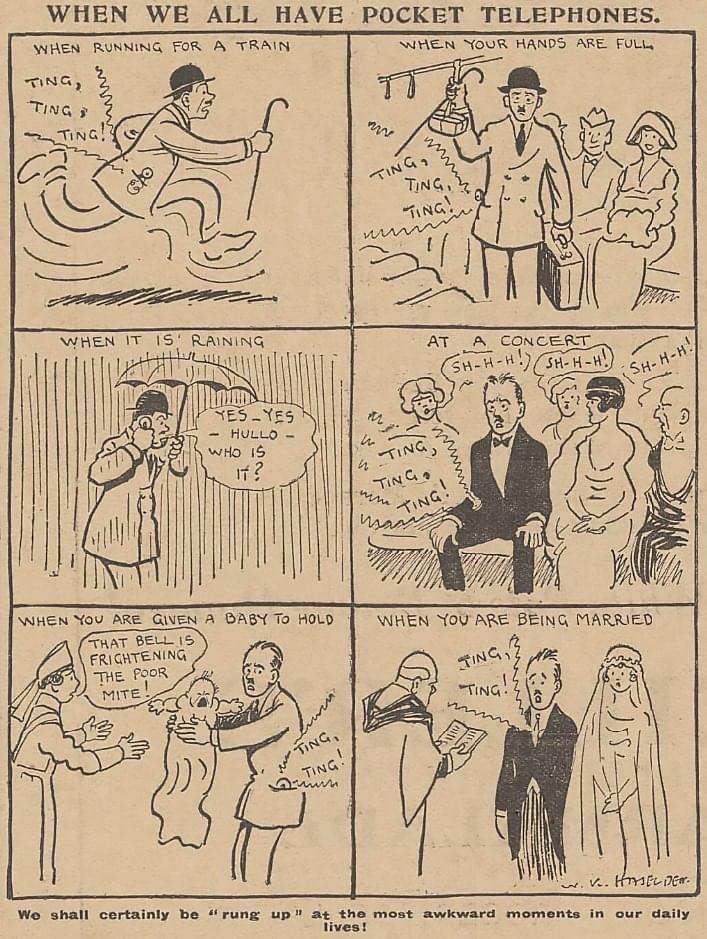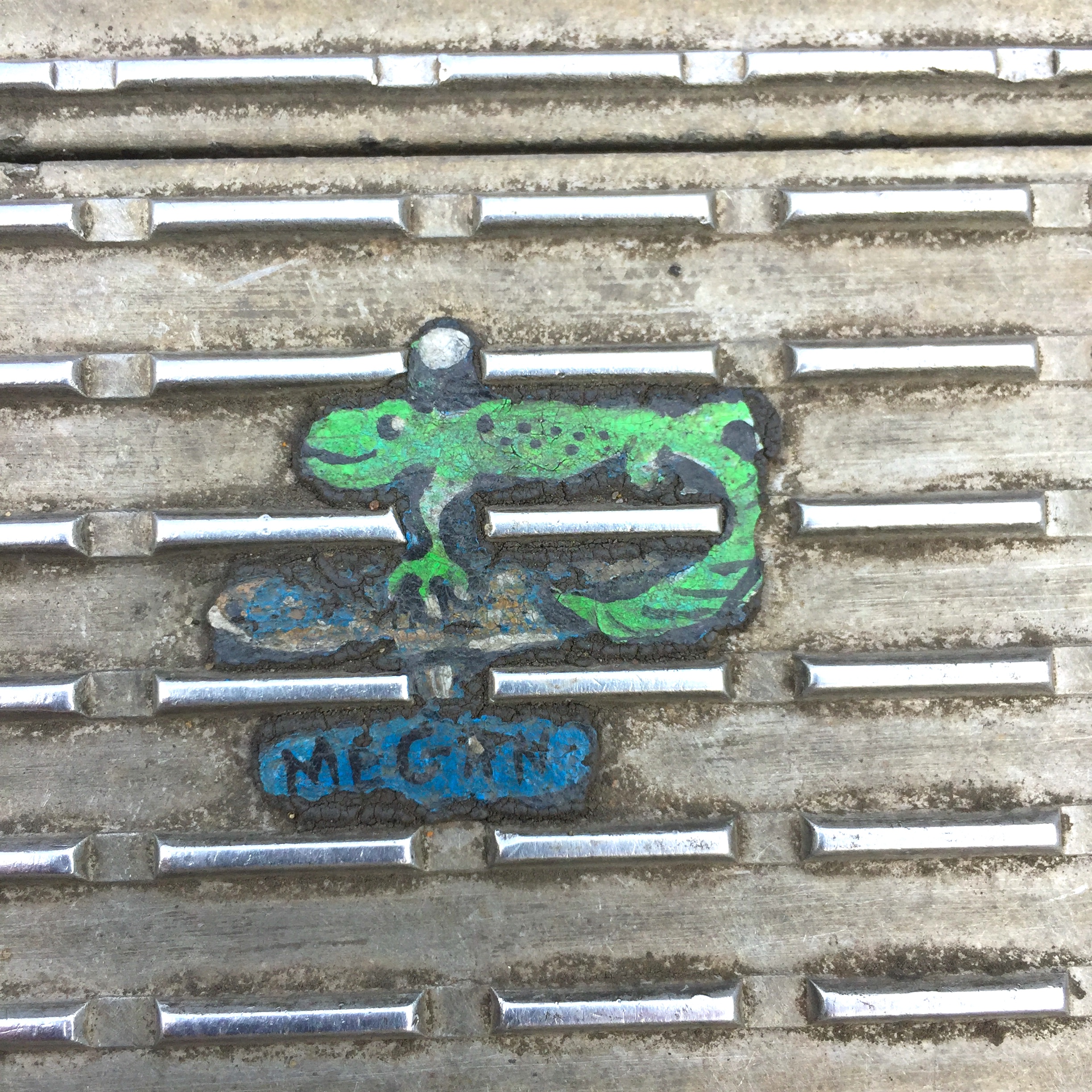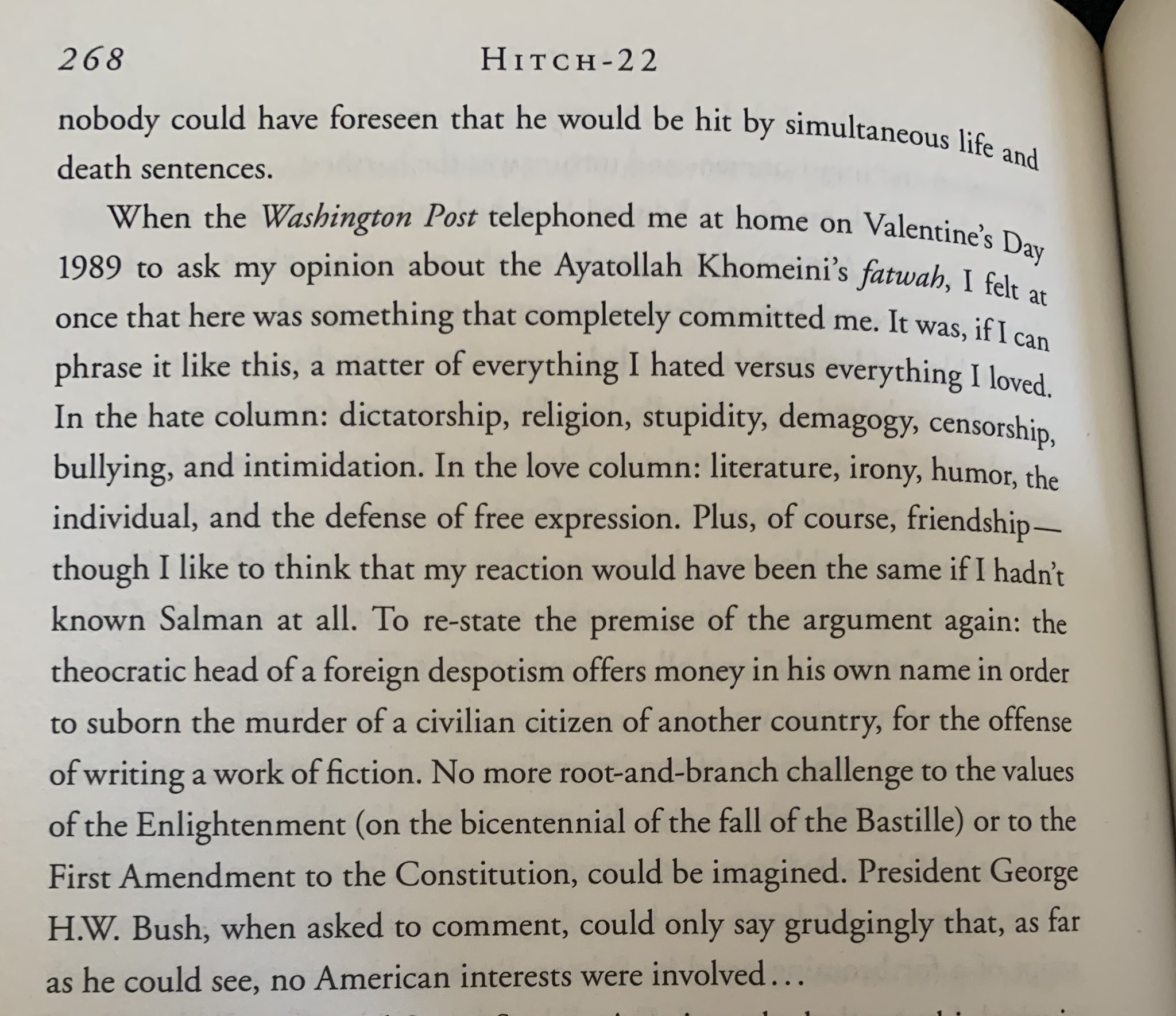A decade ago, nobody interested in prestige dramatic television could have ignored Breaking Bad, Vince Gilligan’s AMC series about a downtrodden high-school chemistry teacher who becomes a calculating and savage crystal-meth dealer. Such was the critical and popular success of the show that, less than two years after it ended, it was resumed in the form of Better Call Saul. The title character Saul Goodman had been the aforementioned teacher-turned-dealer’s lawyer in Breaking Bad, and the later series, a prequel, traces the half-decade journey that brought him to that point: a journey that began when he was a Chicago con man named Jimmy McGill.
Better Call Saul’s six-season run (one episode longer than Breaking Bad) came to an end this week. During that time, the show has received even stronger accolades than the one that spun it off. To get a sense of what makes it such an achievement in a field crowded with some of the most ambitious creators of popular culture today, watch the video essay above by Youtuber Thomas Flight.
Here on Open Culture, we’ve previously featured his visual analyses of auteurs like Wes Anderson and Bong Joon-ho as well as shows like The Wire and Chernobyl. Five years ago, he uploaded a video explaining “why Better Call Saul is brilliant”; now he argues that it’s a “master class in visual storytelling.”
“ ‘Show, don’t tell’ is such common advice in filmmaking and screenwriting that it’s basically a cliché at this point,” says Flight, “but it’s also much easier said than done.” He goes on to draw from Better Call Saul a host of prime examples of showing-not-telling, organized into four categories of its special strengths: “props as symbolic objects,” “visual performances,” “characters in process,” and “storytelling with cinematography.” Better Call Saul’s creators make rich use of objects, gestures, expressions, places, angles, and much else besides to tell — or rather, show — the story of Jimmy/Saul’s transformation, as well as the transformations of those around him. But which of those characters will star in Gilligan’s next, surely even more ambitious series?
Related content:
How Breaking Bad Crafted the Perfect TV Pilot: A Video Essay
Watch the Pilot of Breaking Bad with a Chemistry Professor: How Sound Was the Science?
The Science of Breaking Bad: Professor Donna Nelson Explains How the Show Gets it Right
Watch the Original Audition Tapes for Breaking Bad Before the Final Season Debuts
Breaking Bad Illustrated by Gonzo Artist Ralph Steadman
Based in Seoul, Colin Marshall writes and broadcasts on cities, language, and culture. His projects include the Substack newsletter Books on Cities, the book The Stateless City: a Walk through 21st-Century Los Angeles and the video series The City in Cinema. Follow him on Twitter at @colinmarshall, on Facebook, or on Instagram.



























